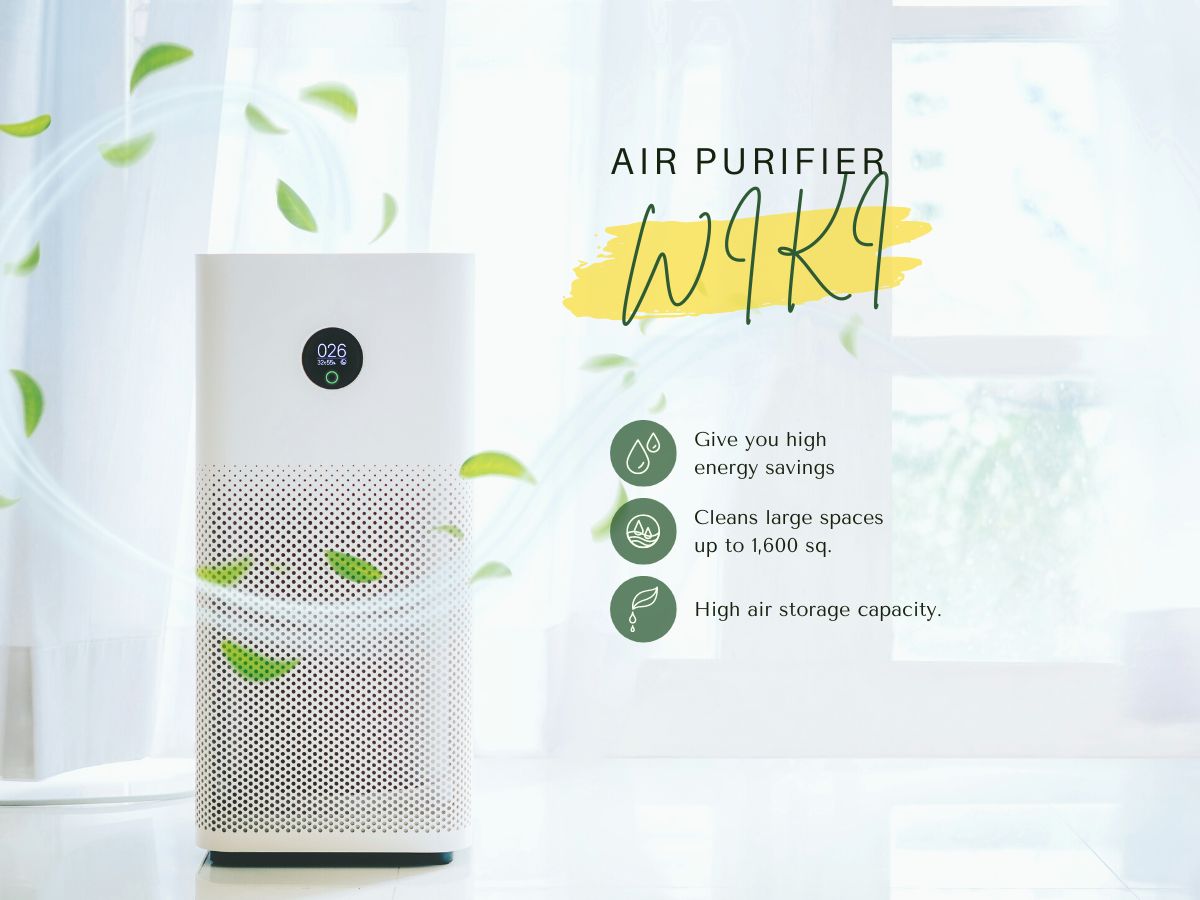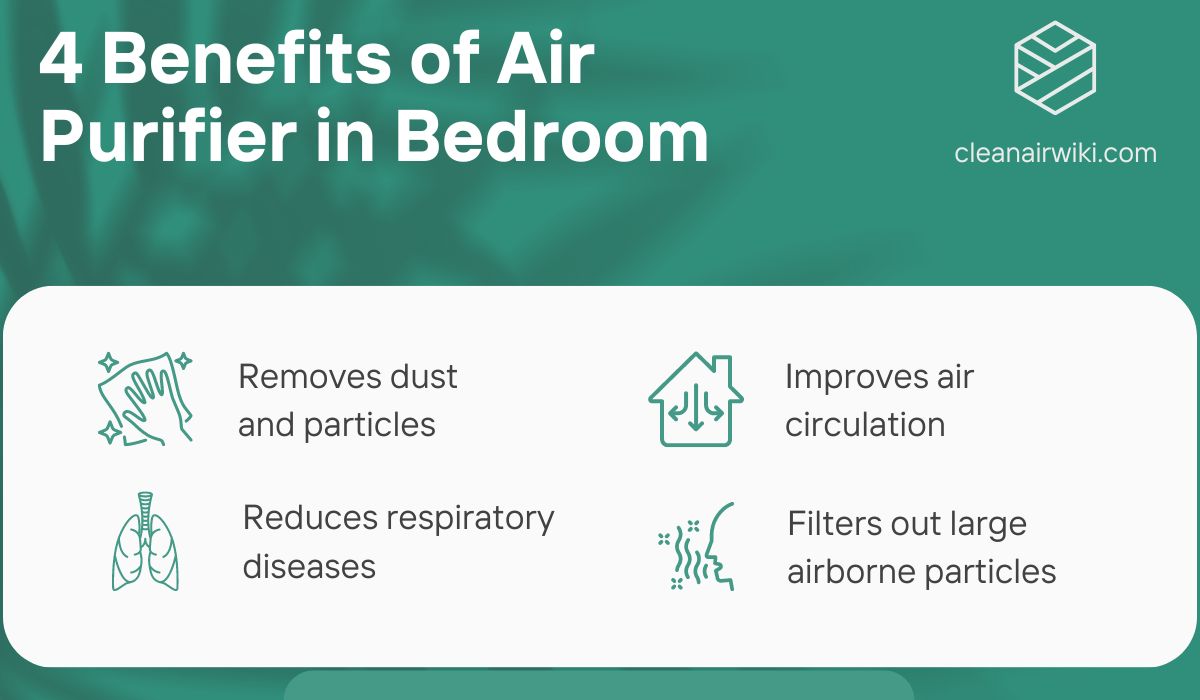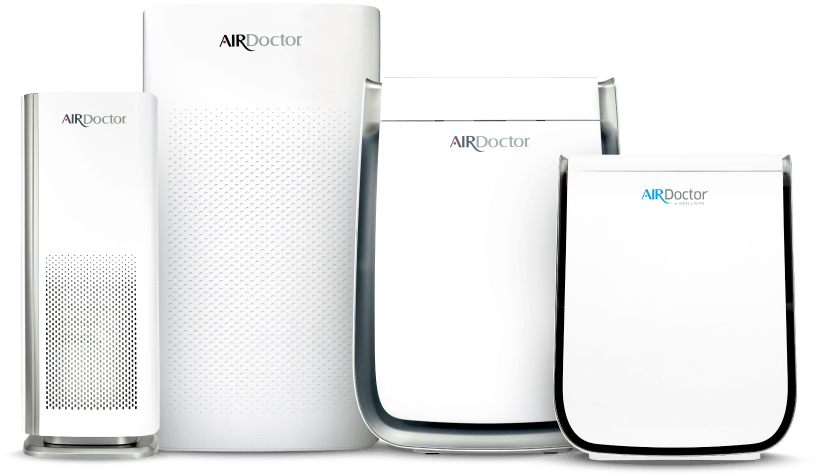
As the world continues to urbanize, more people are living in apartments or other multi-unit buildings. While these living arrangements offer many benefits, they can also present unique health risks. One of the most significant health concerns in apartments is indoor air pollution. Fortunately, air purifiers can help to mitigate this problem.
Air purifiers have become increasingly popular in recent years, as more people become aware of the health risks associated with indoor air pollution. While they can be helpful in many settings, air purifiers are particularly useful in apartments, where residents may be exposed to a variety of pollutants from shared spaces, outdoor air, and pet dander.
In addition to the health benefits of using an air purifier in an apartment, they can also help to create a more comfortable living environment. For example, air purifiers can reduce odors from cooking or smoking, making breathing easier and reducing the risk of headaches or other symptoms.
What is indoor air pollution?

Indoor air pollution refers to the presence of harmful contaminants in the air inside a building. These contaminants can include dust, pet dander, mold spores, volatile organic compounds (VOCs), and even viruses or bacteria. In an apartment building, these pollutants can come from a variety of sources, including cooking, cleaning, pets, and shared HVAC systems.
The health effects of indoor air pollution can range from mild irritation to more severe respiratory issues, such as asthma or chronic obstructive pulmonary disease (COPD). In fact, according to the World Health Organization, indoor air pollution is responsible for 4.3 million premature deaths per year.
Why use an air purifier in an apartment?
Air purifiers can help to remove many of the harmful pollutants present in indoor air. They work by drawing in air and filtering it through a series of filters that capture different types of pollutants.
In apartments, air purifiers can be particularly useful for several reasons:
- They can help to remove pollutants from shared spaces: In an apartment building, many residents share common areas, such as hallways, laundry rooms, and fitness centers. Air purifiers can help to clean the air in these spaces, reducing the risk of exposure to harmful pollutants.
- They can reduce exposure to outdoor air pollution: In urban areas, outdoor air pollution can seep into apartment buildings through open windows or cracks in the building envelope. Air purifiers can help to filter out these pollutants, providing cleaner air indoors.
- They can help mitigate pet dander’s effects: Pets are a common source of indoor air pollution in apartments. Air purifiers can help to capture pet dander and other allergens, reducing the risk of allergic reactions.
Scientific data on air purifiers

Several scientific studies have shown that air purifiers can effectively remove indoor air pollutants. For example, a 2018 study published in the journal Environmental Science & Technology found that using an air purifier in a bedroom reduced levels of particulate matter and black carbon, which can harm respiratory health.
Another study published in the Journal of Allergy and Clinical Immunology found that using an air purifier in a bedroom significantly reduced levels of airborne cat allergens, making it easier for people with cat allergies to sleep comfortably.
A 2016 study published in the Journal of the Air & Waste Management Association found that air purifiers can effectively reduce exposure to indoor ozone. This harmful pollutant can cause respiratory problems.
Choosing the right air purifier for your apartment
Choosing the right air purifier for your home can be daunting, especially if you are unfamiliar with the various types of air purifiers and their features. Here are some factors to consider when choosing an air purifier:
- Type of air purifier: There are different air purifiers, including HEPA filters, activated carbon filters, UV filters, and ionizers. HEPA filters are the most common type of air purifier and are highly effective in removing airborne particles such as dust, pollen, and pet dander. Activated carbon filters can remove odors and volatile organic compounds (VOCs), while UV filters and ionizers can kill bacteria and viruses.
- Room size: Consider the size of the room where you will be using the air purifier. Air purifiers are rated based on the room’s square footage they can effectively purify. Make sure to choose an appropriate air purifier for the room’s size.
- CADR rating: The Clean Air Delivery Rate (CADR) is a rating system that measures the effectiveness of an air purifier in removing airborne particles such as dust, pollen, and smoke. Look for an air purifier with a high CADR rating.
- Noise level: Some air purifiers can be loud, which can be problematic if you plan to use them in a bedroom or other quiet space. Look for an air purifier that is quiet enough for your needs.
- Maintenance: Consider the maintenance requirements of the air purifier. Some air purifiers require frequent filter changes, while others have washable filters that can be reused. Choose an air purifier with maintenance requirements that fit your lifestyle.
- Energy efficiency: Look for an air purifier that is energy efficient, as it can help to reduce your electricity bills.
- Price: Air purifiers can range in price from less than $100 to several hundred dollars. Consider your budget when choosing an air purifier.
- Brand reputation: Choose a brand with a good reputation for producing high-quality air purifiers. Read reviews and ask for recommendations from friends or family members who have experience using air purifiers.
When choosing an air purifier, it’s important to remember that no one can completely eliminate all indoor air pollutants. However, by choosing the right air purifier and taking other steps to improve indoor air quality, you can create a healthier and more comfortable living environment.
When selecting an air purifier for your apartment, it’s important to choose one that is appropriate for your specific needs. Some air purifiers are designed to remove specific pollutants, such as allergens or VOCs, while others are more general-purpose. It’s also important to consider the size of the room you want to purify, as well as the noise level and energy efficiency of the purifier.
While air purifiers can be helpful in reducing indoor air pollution, it’s also important to take other steps to improve indoor air quality. For example, regularly changing air filters in HVAC systems, using non-toxic cleaning products, and avoiding smoking indoors can all help to reduce the amount of pollutants in the air.
So, which Air Purifier Do We Suggest?
AirDoctor is a popular air purifier that has received positive user reviews. It features a medical-grade UltraHEPA filter, designed to remove particles as small as 0.003 microns, and a dual-action Carbon/Gas Trap/VOC filter, which can help remove odors and other airborne chemicals. The AirDoctor also has a high CADR rating and can effectively purify large rooms.

